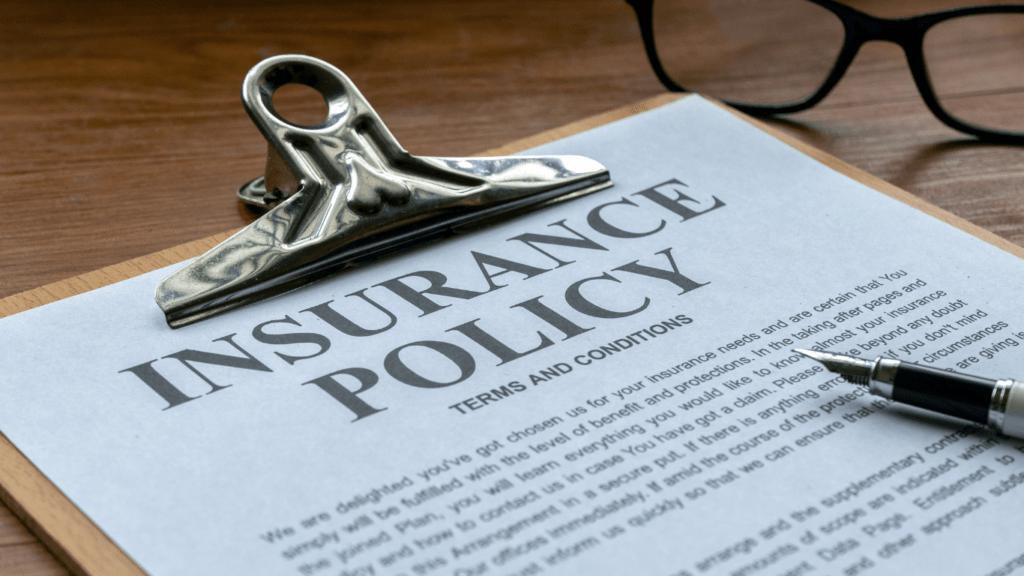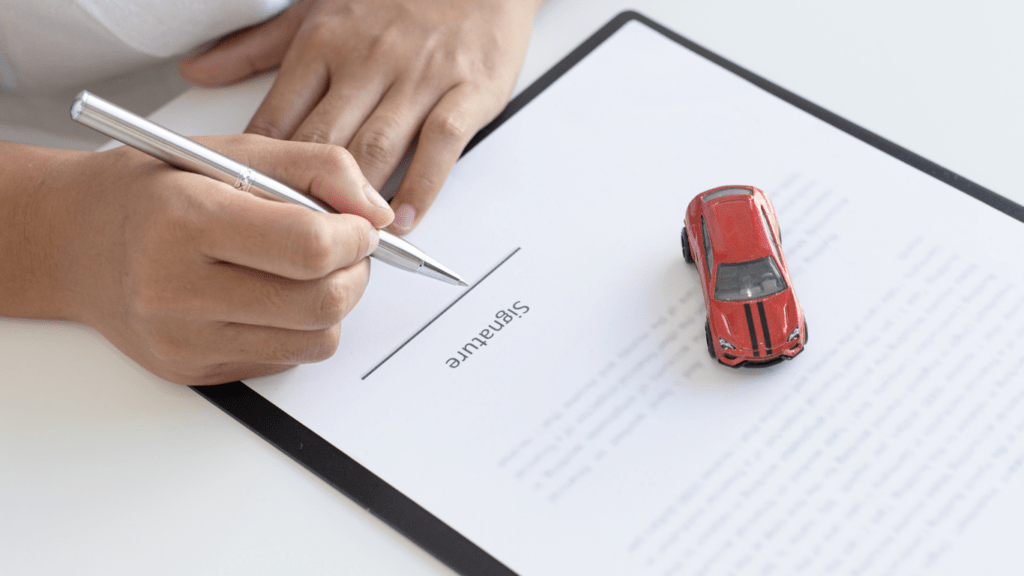Decoding Your Car Insurance Policy
Reading a car insurance policy can be confusing due to the technical terms and legal language. Let’s break it down so you can navigate your policy with ease.
Understanding Policy Declarations
The policy declarations page is where you’ll find the most critical information about your insurance. Usually positioned at the beginning, it includes details like your name, address, vehicle information, and the policy period. This section also lists the coverages you’ve selected and their associated costs.
For instance, you may see such:
- Policyholder Information: Name, address
- Vehicle Details: Make, model, VIN
- Coverage Period: Start and end dates
- Premium Cost: Total cost of the policy
Reviewing this section ensures all details are accurate and current.
Identifying Coverage Limits
The coverage limits specify the maximum amount your insurer will pay for a covered loss. It’s crucial to know these limits to understand your financial responsibility in case of an accident.
These limits appear as numerical values next to each type of coverage. For example:
- Liability Coverage: $100,000 per person for bodily injury, $300,000 per accident
- Collision Coverage: Actual cash value of your car minus deductible
- Comprehensive Coverage: Same as collision but for non-collision events like theft
Check these limits to ensure you have adequate protection for your needs. Adjust them as your financial situation changes to maintain the right balance between coverage and cost.
Understanding these core elements of your car insurance policy can help you make informed decisions and ensure you’re adequately protected.
Key Components of Car Insurance

Understanding your car insurance policy means knowing its key components. Here’s a breakdown of the primary elements that make up your coverage.
Liability Insurance
Liability insurance covers bodily injury and property damage for which you’re legally responsible. It includes two main parts:
- Bodily Injury Liability: Covers medical expenses, lost wages, and legal fees if you’re at fault in an accident.
- Property Damage Liability: Pays for damage you cause to another person’s property, like their car, fence, or home.
Minimum liability limits vary by state. Ensure your policy meets or exceeds state requirements to avoid out-of-pocket expenses.
Comprehensive and Collision Coverage
Comprehensive and collision coverage protect your car from different types of damage.
- Comprehensive Coverage: Pays for damage not caused by a collision, such as theft, fire, vandalism, or natural disasters. For example, if a tree falls on your car during a storm, comprehensive coverage handles the repair costs.
- Collision Coverage: Covers damage to your car resulting from a collision with another vehicle or object, regardless of fault. If you rear-end someone at a stoplight, collision coverage pays for your car’s repairs.
Deductibles apply to these coverages. Choosing higher deductibles typically lowers your premium but increases out-of-pocket costs for repairs.
Uninsured and Underinsured Motorist Protection
Uninsured and underinsured motorist protection safeguard you against drivers with insufficient or no insurance.
- Uninsured Motorist Coverage: Pays for injuries and damage if you’re in an accident with an uninsured driver. For instance, if an uninsured driver hits your car, this coverage helps cover medical bills and repair costs.
- Underinsured Motorist Coverage: Kicks in when the at-fault driver’s insurance doesn’t cover all the expenses. If they’re underinsured, your policy covers the remaining costs.
Both coverages ensure you’re not left financially vulnerable due to another driver’s lack of insurance.
By understanding these key components, you can better navigate your car insurance policy and make informed choices about your coverage.
Tips for Effectively Reading Your Policy
To understand your car insurance policy fully, focus on critical sections.
Review the Exclusions Section
Check the exclusions section to see what incidents your policy doesn’t cover. This part helps you avoid surprises during claims.
For instance, many policies exclude intentional damage or using your car for commercial purposes. Knowing these details upfront can aid in evaluating if you need additional coverage.
Pay Attention to the Deductibles
Identify the deductibles in your policy to understand your out-of-pocket expenses in case of a claim. Higher deductibles usually mean lower premiums but can result in significant costs during claims.
For example, if you have a $500 deductible for collision coverage, you must pay that amount before the insurance covers the rest of the repair costs.
Common Misunderstandings About Car Insurance Policies
Misunderstanding car insurance policies often leads to complications during claims. I’ll explain common misconceptions.
Misinterpretation of Terms
Policyholders frequently misinterpret terms. ‘Collision coverage’ and ‘comprehensive coverage’ sound similar but cover different incidents.
Collision covers accidents involving other vehicles or objects, while comprehensive covers non-collision incidents like theft or natural disasters.
Another common term misunderstanding is ‘deductible.’ It means the amount I pay out-of-pocket before insurance kicks in, not the amount insurance covers.
Overlooking Policy Updates
Failing to review policy updates leads to unexpected coverage gaps. Insurers regularly update policies to reflect new laws or changes in their business.
If I don’t read these updates, I might miss critical changes affecting my coverage limits or premium rates. For instance, adding a new vehicle or teen driver may not be covered if I overlook the update requiring notification.

